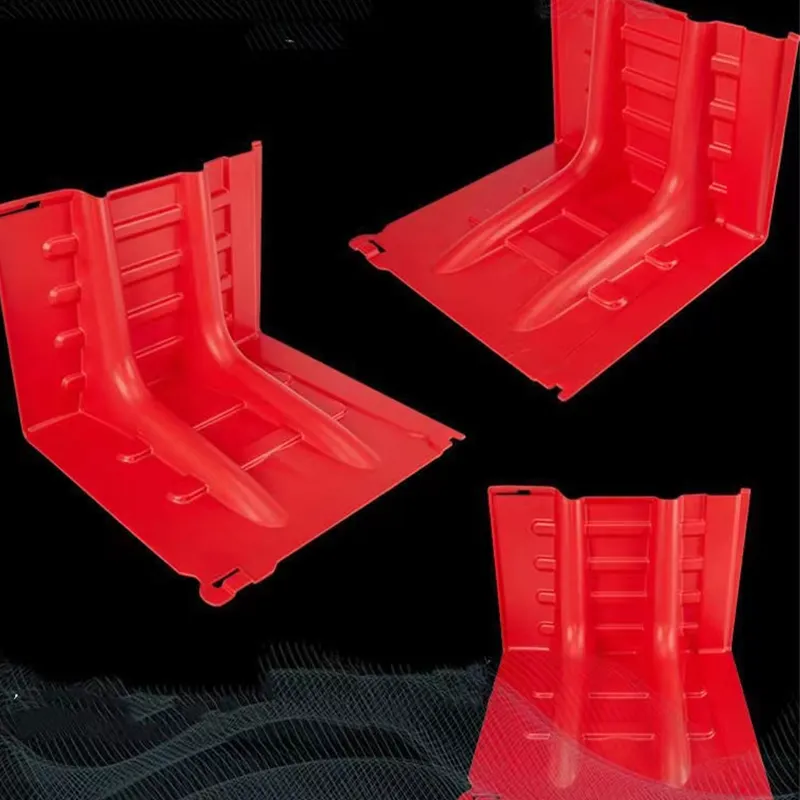

For the crew operating aboard these ships, intensive training is indispensable to match the sophistication of the equipment. The professional competency of the crew is augmented by rigorous training modules designed to prepare them for high-pressure scenarios. This training regimen is reflective of a commitment to fostering expertise onboard, ensuring that every member of the crew is not only familiar with the operational dynamics of the ship but is also capable of executing complex firefighting strategies in real-time. Maintenance of fire pump ships is another domain where expertise is vividly visible. Regular and systematic maintenance schedules ensure the equipment and machinery remain in optimum condition. Inspections and checks are conducted under strict protocols, often adhering to international standards set forth by maritime safety authorities. This systematic approach not only extends the lifespan of the ship’s operational systems but reinforces trust in their ability to perform under duress. Furthermore, sustainability is an emerging aspect gaining traction in the design and operation of fire pump ships. Strategies aimed at reducing the carbon footprint include the adoption of eco-friendly materials and the integration of systems designed to minimize emissions. As marine regulations become increasingly stringent, fire pump ships are steadily evolving towards more sustainable operations, underscoring their commitment to environmental stewardship alongside safety excellence. In conclusion, the fire pump ship emerges as an epitome of modern maritime engineering, integrating expertise, precision, and reliability into an impressive framework geared toward maritime fire safety. Through advanced technology, meticulous design, and an unwavering commitment to safety and sustainability, these vessels continue to set benchmarks in the industry. Their pivotal role in enhancing maritime safety is unmatched, ensuring they remain trusted partners for fire emergency response and protection against the volatile backdrop of the world's oceans.




























